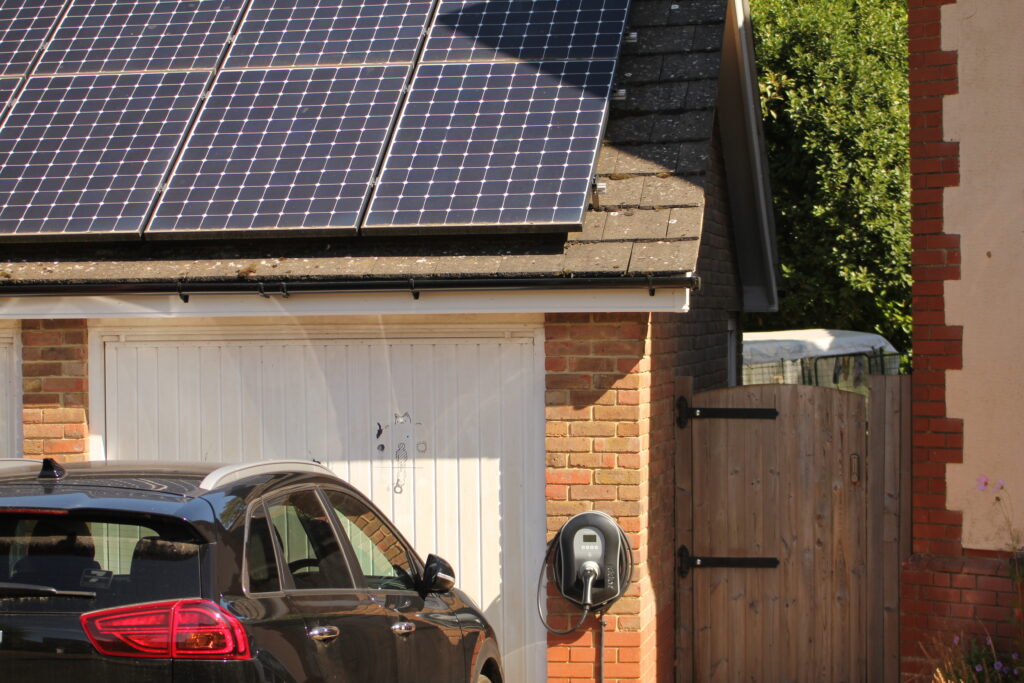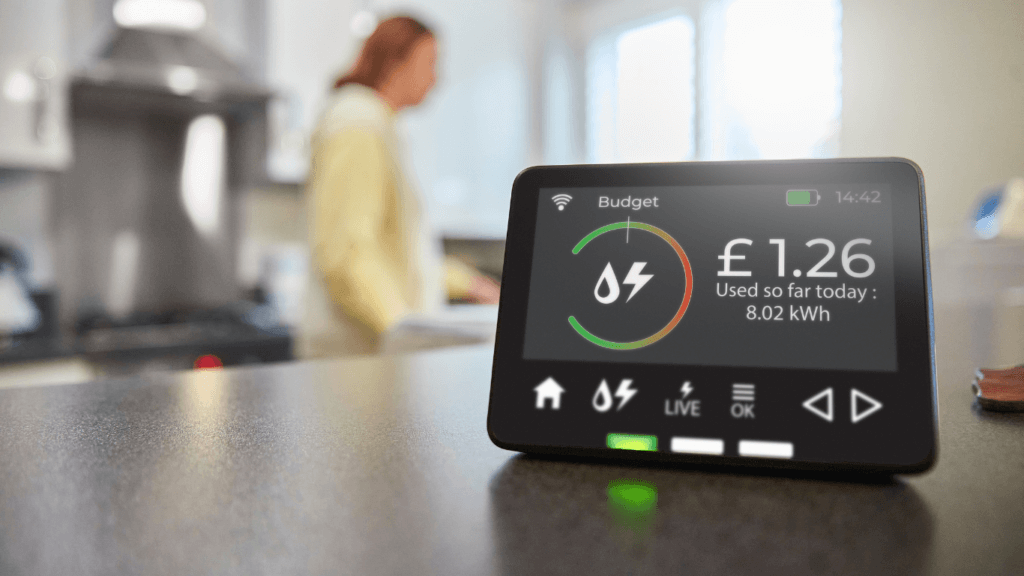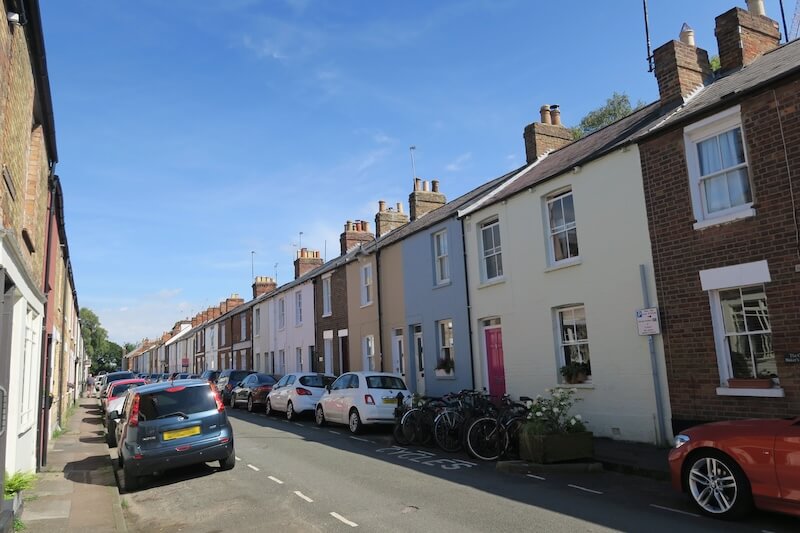
Your Home Retrofit Guide
Grants, quick wins, and what retrofitting really means
Making your home more energy efficient doesn’t have to be complicated. Whether you own or rent, this guide will help you understand what to do first, how to find support, and where to go for reliable advice – all in plain English.
What do we mean by ‘home retrofit’?
Retrofit simply means improving an existing home so it keeps heat in, stays comfortable, and uses less energy to run. It’s not just about adding insulation or a new heating system – it’s about making your home work better as a whole.
Many UK homes were built long before energy efficiency was a priority. They tend to leak heat through walls, roofs, windows, and floors, leading to higher bills and colder rooms. Retrofit helps fix that. By improving the way your home retains warmth, manages moisture, and uses energy, you can cut costs, reduce carbon, and make your living space healthier and more resilient for the future.
You don’t have to do everything at once. The best approach is to start small, learn what works, and plan the bigger steps carefully. This guide will walk you through that process – from easy wins and trusted advice, to grants, funding, and whole-home upgrades.





Why retrofit matters – nationally and locally
Retrofitting isn’t just good for individual homes – it’s central to meeting the UK’s climate goals. A recent Parliamentary report on “Retrofitting homes for net zero” found that most of the homes that will exist in 2050 have already been built. To reach national carbon targets, the UK will need to upgrade millions of existing properties – but progress so far has been too slow.
The report highlights common barriers that many households face: short-term funding schemes that are hard to navigate, limited public awareness, and a shortage of skilled retrofit professionals. It also calls for stronger local advice and support networks to help homeowners make confident, long-term decisions.
That’s where community action in Oxfordshire plays a vital role. Local groups, energy advisers, and initiatives supported by the Low Carbon Hub are helping people plan improvements, share experience, and take practical steps – one home at a time.
Start with the simple wins
Small changes can make a big difference. Begin with the easy stuff, and you’ll feel the benefits straight away – lower bills, fewer draughts, and rooms that stay warmer for longer.
Try: sealing up draughts around doors and windows, swapping old bulbs for LEDs, fitting thermostatic radiator valves, and insulating hot-water pipes and tanks. If you’ve got a smart meter, use the data to spot waste and adjust your settings.
These low-cost fixes are a great way to build confidence while you plan bigger improvements.



A simple plan for upgrading your home
Think of retrofit as a journey, not a one-off project. The safest and most effective way to approach it is step by step.
- Understand your home – Know what you’re working with. Age, wall type, ventilation, and moisture levels all matter.
- Reduce heat loss – Focus first on the fabric: insulation, airtightness, and good glazing.
- Get ventilation right – Keep air moving to prevent damp and mould. Simple trickle vents or mechanical systems can make a big difference.
- Upgrade heating – Once your home is well insulated, choose the right system – an efficient boiler or a heat pump designed to suit your space.
- Stay in control – Smart thermostats and well-balanced radiators help maintain comfort and avoid wasted energy.
If you live in an older or solid-wall home, be especially careful about moisture management – breathable materials and steady ventilation are essential.
Finding financial help
Funding and advice schemes change often, but there’s good support available if you know where to look.
Start with the Energy Saving Trust, which provides independent, up-to-date information on improving home efficiency and accessing grants.
You can also visit Gov.uk Help to Heat schemes to check official national programmes and see if your household is eligible for funding.
Your local council also offers schemes or advice. Search for your council name plus “energy grants” or “retrofit” to find relevant pages:
- Oxfordshire County Council – Energy efficiency and retrofit support
- Oxford City Council – Energy advice and grants
- Cherwell District Council – Help with energy and housing
- South Oxfordshire District Council – Home energy support and grants
- Vale of White Horse District Council – Energy advice and funding
- West Oxfordshire District Council – Home energy and climate info
You can also access free advice from trusted sources such as Better Housing Better Health which offers advice if you’re finding it hard to afford energy bills or keep your home warm.

What tends to work best
Every home is different, but some principles apply widely across the UK:
- Solid-wall homes – Internal or external insulation can transform comfort levels, but must be done with moisture control and proper ventilation. Secondary glazing and careful sealing around floors and lofts can also help.
- Cavity-wall homes – Check that insulation is in good condition, top up loft insulation, and combine with efficient heating and controls.
- Flats and terraces – Coordinate with neighbours or managing agents and focus on shared walls, windows, and ventilation systems.
Heat pumps and boilers
Heat pumps are one of the most efficient and low-carbon ways to heat your home. They can provide reliable, comfortable warmth all year round while using far less energy than a traditional boiler. It works best in a well-insulated home with radiators sized for low-temperature heating. Modern models are quiet, efficient, and increasingly affordable.
If you’re interested in switching to a heat pump – or just want to understand the costs, savings, and practicalities – read our guide: The real cost of a heat pump
If you’d like to know what it’s really like to live with a heat pump, skip the sales talk and hear from real homeowners instead. The Visit a heat pump scheme lets you visit homes around the UK that already have one installed and talk directly to the people using them every day.
If you’re not ready for that step, you can still improve your boiler’s efficiency by lowering the flow temperature to around 55–60°C and ensuring your radiators are balanced and controlled.
Whatever you choose, remember: always insulate and ventilate first.

Keeping your home dry and healthy
Damp and mould affect health and waste energy. The key is to manage moisture, not trap it.
Fix leaks, keep ventilation paths open, and avoid blocking air bricks or trickle vents. In older homes, use breathable materials such as lime plaster so walls can dry naturally. After improvements, it’s worth monitoring humidity – ideally between 40–60%.
Choosing the right people
Retrofit work needs to be done carefully and to a high standard. Take time to research who you hire, and check that they have experience with the kind of work your home needs.
Ask prospective installers to explain their design approach, share calculations, and describe how they’ll manage moisture, ventilation, and energy performance. A good professional will provide this clearly and be happy to answer questions.
Always get two or three quotes and compare what’s included — not just the price. The cheapest option isn’t always the best value, especially if it compromises on quality, design, or long-term performance.
Useful local and national guides
A number of councils and regions have produced excellent retrofit guides:
- Devon Retrofit Guide (FCB Studio)
These can help you understand design choices and materials before starting work.
For homeowners who want tailored retrofit advice, Cosy Homes Oxfordshire is a tried and trusted local consultancy that can help you understand your home’s performance and plan improvements in the right order.
Common questions
What should I do first?
Start small with draught-proofing, lighting, smart controls. Then get an assessment to understand what your home really needs. From there, plan insulation, ventilation, and heating upgrades in the right order.
Will a heat pump work in my home?
Most likely, yes, if your home is well insulated and radiators are correctly sized. Most reported “problems” with heat pumps are due to poor design or setup.
What if I rent?
You still have options. Talk to your landlord about grants or efficiency upgrades, and use simple steps like draught-proofing or a portable dehumidifier. Citizens Advice can guide you on your rights and responsibilities.
How do I stop damp after retrofitting?
Ventilation is key. Always pair insulation with controlled airflow and fix cold bridges where condensation could form.
Learn more and get local support
If you’re not ready to make upgrades yet, you’re not alone. Across Oxfordshire, local community groups are helping people share knowledge, learn from each other, and explore funding options together.
Many of our 50 low carbon community groups are active in their communities in helping people reduce energy use, cut carbon and make homes more comfortable. They also run local events, offer advice, and share real-world experience of home energy improvements.
Groups such as Low Carbon North Oxford have a wealth of practical resources and first-hand learning on energy-saving measures – from draught-proofing to heat pumps.
Together, these local networks offer a range of support – from trusted advice to peer learning – helping you move forward at your own pace.
Find practical advice, case studies, and retrofit resources at lowcarbonhub.org.
Seeing is believing, right?
If you’d like to see retrofit in action rather than just reading about it, the Retrofit Zone at the National Self Build & Renovation Centre is well worth a visit. It’s a free, hands-on space where you can walk around real examples of insulation, ventilation, glazing, heating systems, and more.
Everything is set up to help you understand how the different parts of a home work together, with clear explanations and practical displays. It’s a great way to get a feel for what might work in your own home and to build confidence before making decisions.

Every home can be part of Oxfordshire’s clean energy future – starting with yours.
